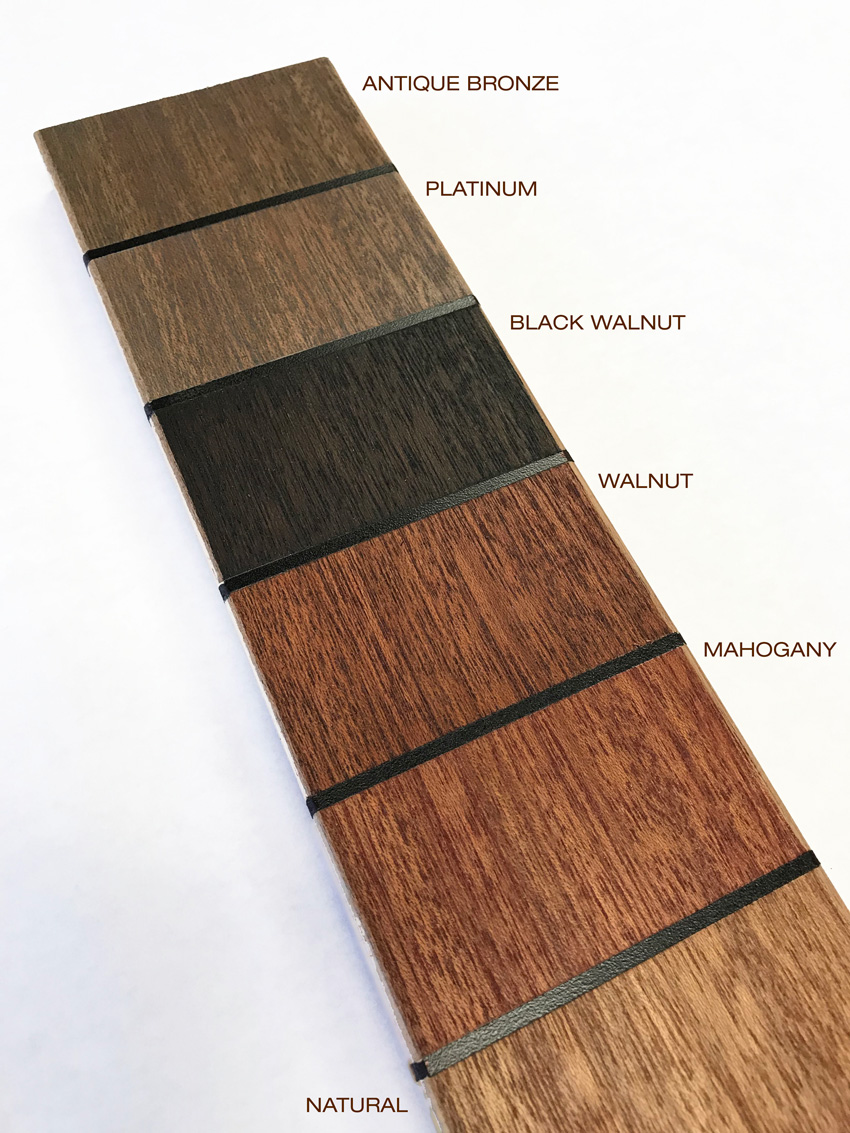Technology and Trends in Sustainable Tropical Hardwoods
The best practice for finishing tropical hardwoods is to use a high-quality penetrating oil. However, not all oils are alike. Linseed oil (vegetable oil) finishes are popular because of their low cost. However, they do not perform well, and weathering can generally be observed within just a few months of exposure. Performance is not consistent due to variations in the levels of UV blockers and polymerization of the oil itself. Long-term maintenance issues are common with linseed oil finishes. Most importantly, each refinishing will require a deep pressure washing or sanding in order to remove the graying or weathering that has occurred.
A preferred alternative to linseed oil is tung oil, which is a natural, sustainable oil made from the nuts of the tung tree, known to grow mainly in China. It has natural qualities that allow it to penetrate deep into the wood and harden as it dries to help prevent checking and cracking of the wood. Nonetheless, it remains flexible enough to move with wood as it naturally expands and contracts. It also provides a good degree of water resistance for the wood and, as such, should be applied on all sides of each board. (An alternative for non-exposed sides of decks and siding is to use a wood wax on those back sides of the wood.)
Recognizing the value of tung oil, at least one manufacturer has developed a high-quality, low-VOC, marine-grade finish that starts with pure tung oil and adds some important enhancements. Premium-quality transparent iron-oxide pigments are used to not only help preserve the natural color and grain of the wood but also provide excellent UV protection. High-quality UV blockers, similar to use in automotive finishes, are also added to the mix in order to maximally protect the wood from color fade. A fungicide is added to help prevent fungi or mold from ever growing on the wood. This type of finish is competitively priced on a square-foot basis since it covers about twice as much as other lower-quality wood finishes, approximately 600–800 square feet per gallon. It is designed to be applied in one coat and has been shown to last longer than other transparent finishes. When it is time to refresh the finish, no sanding or pressure washing is needed, just a general cleaning of the surface to remove any dirt, dust, pollen, etc. Of course, the manufacturer’s instructions should be followed in all cases.

Tung-oil-based finishes specifically designed for premium-quality protection of tropical hardwoods are recommended to enhance color, provide UV protection, and fight fungus and mildew. Tung oil by itself will develop stain and mildew; the key is to use a polymerized tung oil finish with all the right additives for long-term protection.









